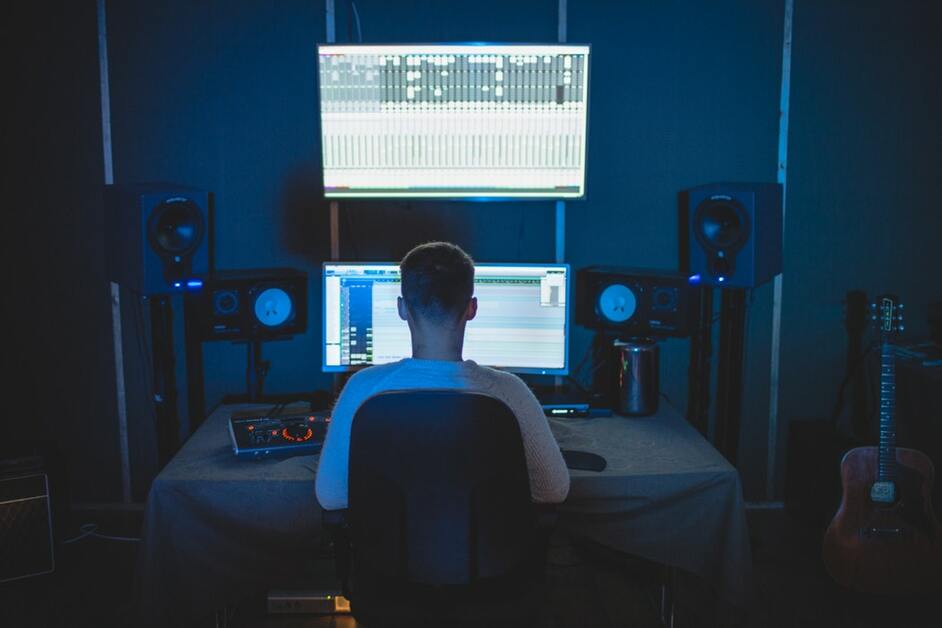The Rotor Blog
How to Take Your Songs to the Next Level

Check out these four music production techniques for giving your song a professional edge over the competition: layering, widening, front-loading, and mono tracking,
Whether you’re looking to get your song on that Spotify playlist or create a single for your upcoming EP/album, you’ll need to give your song that ‘professional’ makeover. Here are some free music production tips on how to do exactly that.
Track Layering
Whether you’re using computers or acoustic instruments, you’ll need to give some thought to the way you record your song. Previously, standard procedure for tracking guitars is to record a guitar track twice (One part to pan hard left and the other to pan hard right). However, more and more bands are doubling up on both left and right pans so that they record 4 guitar lines all in all for any given section. Once this is done, you can track your vocal lines down the middle, between the guitar tracks and let the lyrics and melody of the song pierce through the rhythm section of the rest of the band.

Stereo Widening
Stereo imaging is an important component of creating a ‘bigger’ mix. Without this, our mixes would sound flat, 2D and boring. What this does is manipulate the perceived location of a sound source. This doesn’t apply to all instrumentation as certain instruments, generally high-frequency dominant, lend themselves better to stereo widening than others. Examples of said instruments are: backing vocals, lead guitars, high hats on drums and any background sounds.

"Don’t bore us, get to the Chorus"
If you look at any of the songs in the current top 10, around 3 of them will start with the chorus and all of them introduce the chorus around the 45 second mark. If you’re struggling with the formatting of your song and how to incorporate that into your mix, you should put emphasis on the chorus and resolution of the melody. This means bulking up your instrumentation in the chorus. Include extra backing vocal harmonies, different guitar tones layered on top of one another, boosting the rhythm section and consider the possibility of Synthesizers.

Include Mono tracks in your mix
Mono tracking is essentially the opposite to Stereo Widening. Not all instruments are suited to stereo widening. As mentioned in Step 2, instruments that are high frequency dominant suit Stereo Widening. Naturally, Mono elements will not suit this but are pivotal to your mix. For example, sub bass, kick bass, vocals and any element that you want to have a lot of power or emphasis in your mix should be kept in Mono.

Practice, Listen and Play
Studio time is expensive. Even if you’re recording by yourself, you don’t want to spend 90% of your time trying to perfect playing a riff or figuring out how to download and install plugins. The trick is to practice until the song is second nature and then you can take a step back and look at it objectively to determine what it needs. It’s a good idea to record most practices to identify areas of the song that don’t sound complete yet or aren’t as tight as other bits of the song. All the best songs ever recorded began in a practice space so don’t be afraid to put the hours in.

Craving a music video for your music? Rotor can help. We offer a platform where any artist can create professional style music videos and promo videos. With the ability to add your own videos & images, personalise text, alter filters plus much more, you can capture the unique identity of your work without paying through the roof.
Sign up to Rotor for free today and get creating your promotional music video in just minutes!
